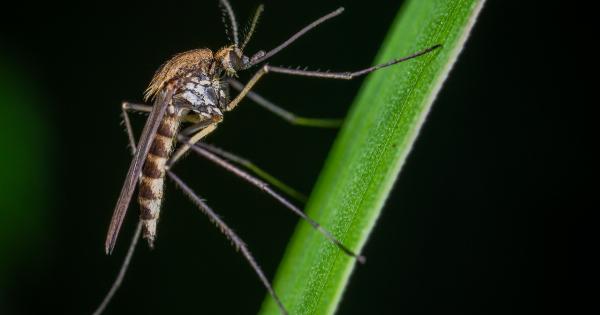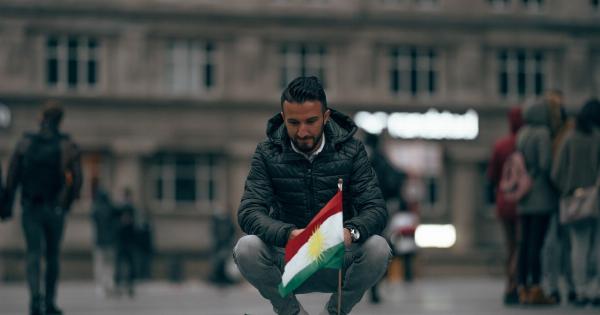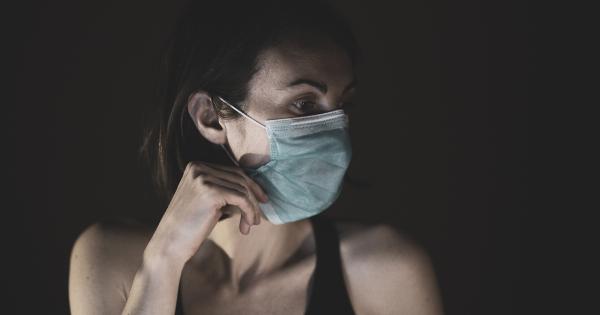Viruses are minute infectious agents that can cause a variety of diseases in humans, animals, and even plants. These microscopic organisms are notorious for their ability to rapidly spread and cause global pandemics, affecting millions of lives.
In today’s digital age, photographs play a significant role in documenting the world around us.
However, what if I told you that some of these captivating images could be hiding dreadful viruses? Let’s delve into the fascinating world of viral photography and the potential risks associated with it.
1. Zika Virus: A Silent Threat
The Zika virus, primarily transmitted through infected mosquitoes, gained worldwide attention during the 2015-2016 outbreak. A considerable amount of research was conducted during this period, which led to alarming discoveries.
Amidst these findings, it was noted that photographs could be potential carriers of the Zika virus. The virus can survive on surfaces for extended periods, meaning that it could potentially inhabit cameras or other photographic equipment.
2. MERS-CoV: A Camera’s Unexpected Enemy
Middle East Respiratory Syndrome Coronavirus (MERS-CoV) is another dangerous virus that poses a threat to photographers. This virus causes severe respiratory illness, and its ability to survive on surfaces adds to the risk.
Photographers covering events in affected areas need to exercise caution when handling their equipment, as traces of the virus may unknowingly be present on the camera body or lenses.
3. Influenza: A Viral Snapshot
Influenza, commonly known as the flu, is responsible for frequent epidemics worldwide. It is highly contagious and can be transmitted through respiratory droplets expelled when an infected person coughs or sneezes.
Given that photographers often work in crowded environments and close proximity to others, they are at an increased risk of contracting and spreading the flu virus.
It is crucial for photographers to maintain good hygiene practices and get vaccinated regularly to protect themselves and their subjects.
4. Ebola: A Deadly Exposure
Ebola virus disease (EVD) is a severe illness that can lead to fatal outcomes. The virus spreads through direct contact with bodily fluids of infected individuals or through contaminated surfaces.
For photographers documenting outbreaks or humanitarian crises, the risk of encountering the Ebola virus is significant. Proper protective gear and thorough decontamination procedures are essential to prevent infection.
5. COVID-19: A Global Pandemic
The ongoing COVID-19 pandemic has highlighted the importance of understanding the risks associated with viral photography.
SARS-CoV-2, the virus responsible for COVID-19, is primarily transmitted through respiratory droplets and can survive on surfaces for varying durations.
Photographers working in pandemic-hit regions must adopt strict precautions, such as wearing masks, practicing physical distancing, and regularly disinfecting their equipment.
Failure to do so could not only endanger their health but also contribute to the rapid spread of the virus.
6. Rabies: A Camera’s Worst Nightmare
Rabies is a fatal viral disease primarily transmitted through the bite of an infected animal. Although rare, incidents of photographers being bitten or scratched while capturing wildlife or domestic animals have been reported.
Photographers working in areas where rabies is prevalent should equip themselves with the necessary knowledge and protective measures to avoid any unfortunate encounters with infected animals.
7. Measles: A Highly Contagious Enemy
Measles is a highly contagious viral disease that primarily affects children. It spreads through respiratory droplets and can remain active on surfaces for several hours.
Photographers covering events involving large crowds or children should be cautious, as they may come into contact with infected individuals or contaminated surfaces.
Maintaining proper hygiene and ensuring vaccination against measles is essential for protection.
8. Norovirus: A Stealthy Intruder
Norovirus is a common cause of acute gastroenteritis, leading to symptoms like vomiting and diarrhea. It can survive on surfaces and is highly contagious.
Outdoor photographers, especially those capturing water-related activities or events, should exercise caution.
Norovirus can contaminate photoshoot locations, restrooms, or even hands, necessitating the implementation of proper hygiene practices during and after photography sessions.
9. Hantavirus: An Unseen Threat
Hantavirus is primarily transmitted to humans through contact with the droppings, urine, or saliva of infected rodents.
While photographers may not directly encounter rodents, they may inadvertently come into contact with contaminated surfaces or dust particles containing the virus.
Photographers working in environments known for rodent populations, such as forests or abandoned buildings, should be aware of the potential risk and take necessary precautions, such as wearing protective clothing and thoroughly cleaning their gear afterward.
10. Avian Influenza: A Birdwatcher’s Caution
Avian influenza, also known as bird flu, primarily affects birds but can occasionally transmit to humans.
Close contact with infected birds or contaminated surfaces such as bird droppings or feathers poses a risk for photographers, particularly those engaged in birdwatching or wildlife photography.
Photographers must employ proper personal protective equipment and adhere to guidelines provided by health authorities, especially during outbreaks of avian influenza.
Conclusion
Photography allows us to capture life’s moments and share experiences with others. However, it is crucial to be aware of the potential risks associated with viral photography.
Dreadful viruses, such as Zika, MERS-CoV, influenza, Ebola, COVID-19, rabies, measles, norovirus, hantavirus, and avian influenza, can pose threats to photographers if appropriate precautions are not taken.
By understanding these risks and implementing necessary safety measures, photographers can continue their work while safeguarding their own health and preventing the spread of infectious diseases.





























